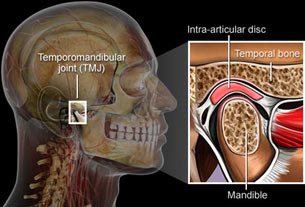How Regular Massage Therapy Improves Your Sleep

For centuries people have been getting massage therapy to relax from a rough day or intense physical strain. But, did you know that a regular massage session in your routine can have a dramatic effect on your overall sleep patterns? Here we will explore a few of the ways that this has been proven to work wonders for many people suffering through sleepless nights. Have you been feeling tired no matter how much rest you've been getting? This is happening more and more often to many people who are normally high energy folks. Having massage as a regular part of your week's schedule may be the answer you're looking for. The Importance of Good Sleep Many studies have proven that a good night's rest on a regular basis is vital to the proper functioning of the human body. Sleep deprivation can lead to a lack of drive, motivation, cognitive ability and focus in many cases. More serious is the fact that it has also been linked to numerous workplace incidents and car accidents
